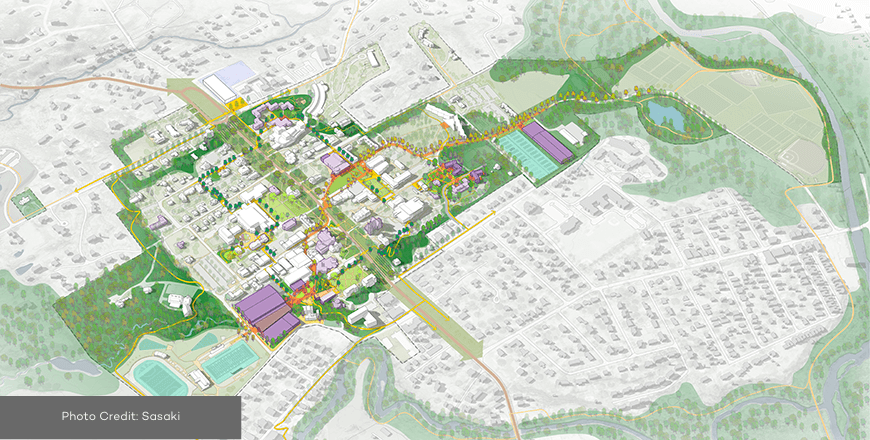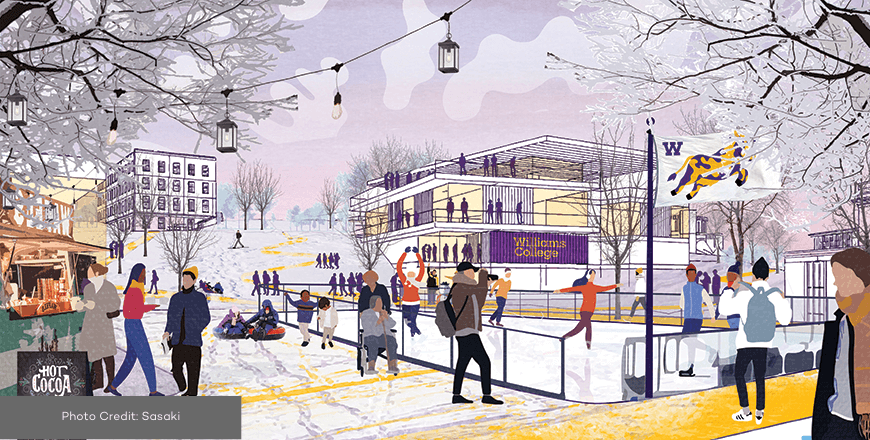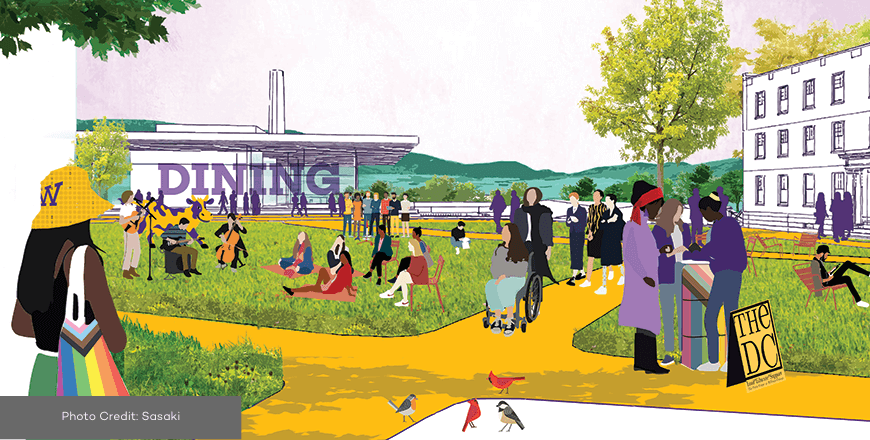- Planning Types
Planning Types
Focus Areas
-
A framework that helps you develop more effective planning processes.
- Challenges
Challenges
Discussions and resources around the unresolved pain points affecting planning in higher education—both emergent and ongoing.
Common Challenges
- Learning Resources
Learning Resources
Featured Formats
Popular Topics
- Conferences & Programs
Conferences & Programs
Upcoming Events
- Community
Community
The SCUP community opens a whole world of integrated planning resources, connections, and expertise.
Get Connected
Give Back
-
Access a world of integrated planning resources, connections, and expertise-become a member!
- Planning Types
Planning Types
Focus Areas
-
A framework that helps you develop more effective planning processes.
- Challenges
Challenges
Discussions and resources around the unresolved pain points affecting planning in higher education—both emergent and ongoing.
Common Challenges
- Learning Resources
Learning Resources
Featured Formats
Popular Topics
- Conferences & Programs
Conferences & Programs
Upcoming Events
- Community
Community
The SCUP community opens a whole world of integrated planning resources, connections, and expertise.
Get Connected
Give Back
-
Access a world of integrated planning resources, connections, and expertise-become a member!
Honor - Excellence in Planning for an Existing CampusWilliams College
Williams College Campus Plan Jury Comments“. . . comprehensive and aspirational . . . re-collects campus and connects it to disparate parts . . . strong set of guiding principles . . . great strategic thinking . . . appreciate the commitment to sustainability . . . robust process . . . ”
Jury Comments“. . . comprehensive and aspirational . . . re-collects campus and connects it to disparate parts . . . strong set of guiding principles . . . great strategic thinking . . . appreciate the commitment to sustainability . . . robust process . . . ”Highlights
- Site – 450 acres
- Williams College is within the Berkshires.
- The plan considers how integrated systems impact the campus experience.
- A reimagined mobility network realigns existing routes to increase accessibility of the pedestrian network and activate underutilized open spaces.
- Reuse of the campus’s historic building assets supports emerging programmatic needs.
- New construction is only considered when existing assets cannot be repurposed.
- The plan advances a new integrative health and wellness district.
- The plan advances various dimensions of the college’s sustainability mission.
- The plan considers the function of each district working collectively.
Perspectives
In 2021, Williams College completed its first strategic plan. Its primary objective was to develop a campus-wide, flexible framework plan to empower decision-making built on the foundation of the four planning pillars defined in the strategic plan: inclusion, diversity, accessibility, and sustainability. The Williams College Campus Plan establishes an organizational structure to frame the location of future development and to direct investment in the public realm.
This plan focuses on planning for new capital development and maximizes the utilization of the college’s existing resources to meet its long-term needs. Thematic principles point to the core reasons that necessitate development rather than the final forms typically dictated through a conventional process. This shift in focus allows the college to prioritize projects based on their direct impact on the strategic plan and college mission.
The campus planning process utilized various engagement strategies, including everything from traditional survey and video engagement methods to an all-year inter-dorm competition conducted by the planning team in conjunction with the Office of Campus Life. The feedback helped inform a set of planning principles, which in turn influenced the development of “big ideas” and physical planning scenarios for priority areas of the campus, including integrative health and well-being, student housing, dining, and athletics. The planning principles articulate the realization of the strategic plan within the physical environment, the big ideas reflect programmatic needs and design opportunities, and the planning scenarios demonstrate how principles can apply to project conception and implementation.
Sustainability measures include rainwater harvesting, new trail connections, centralized operations, new accessibility routes, repurposed and renovated existing buildings, Net Zero new buildings, energy generation photovoltaics, grey water recycling, improved transit access, preserved green spaces, reduced paving and increased permeability, and recalibrated use of space.
Project Team
Sasaki – Tyler Patrick; Mary Anne Ocampo; Ruben Sannen; Dorothy MacAusland; Wenxin Li


 1/3
1/3



